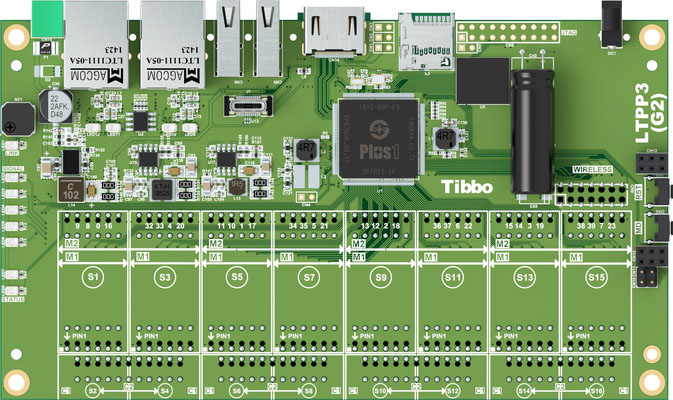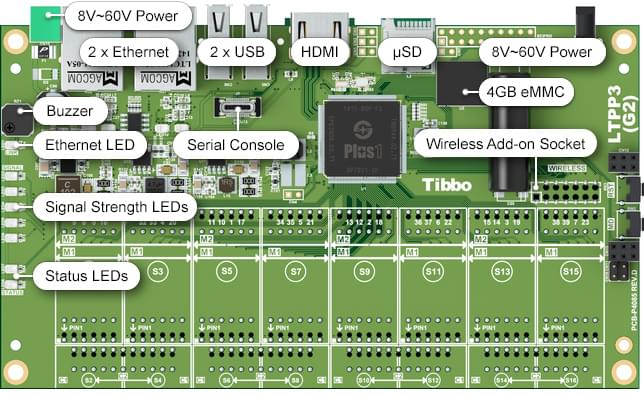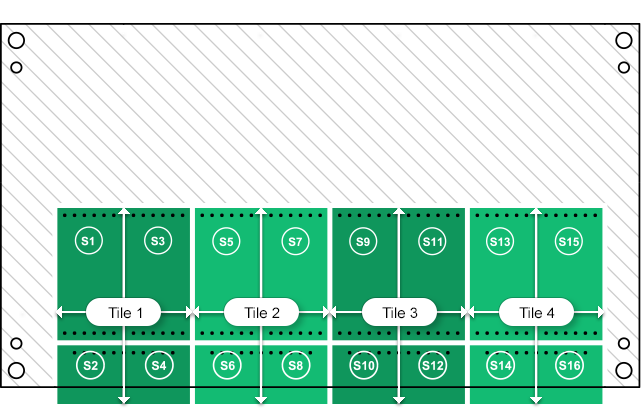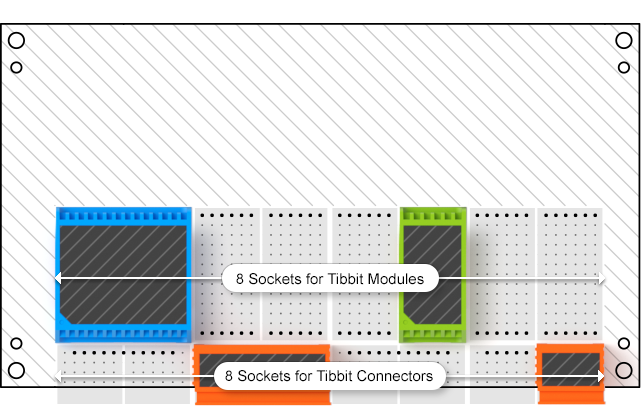As part of Tibbo's longstanding commitment to our customers, the primary drivers for the Plus1 SoC have been mainlined into the official Linux kernel. The UART, SPI, NVMEM, RTC, and PINCTRL drivers were added in kernel version 5.18, while the PWM driver is already in the maintainers' tree and will be merged into 5.19-rc1.
Upstreamed drivers have passed the scrutiny of the official kernel maintainers for quality, security, and stability. This means you can develop projects without having to worry about compatibility as the operating system evolves.











